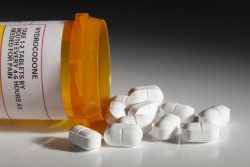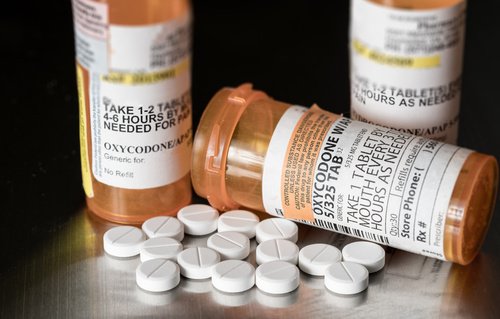Whereas primary care is focused on prevention and management of chronic conditions, urgent care has historically been defined as episodic treatment for non-acute or acutely rising conditions—which are not medical emergencies but generally call for evaluation within 24 hours. As such, it would be expected that urgent care providers would prescribe medications only for the duration of a current infection or until a patient can follow-up with a specialist or primary care physician, for example. …
Read More









